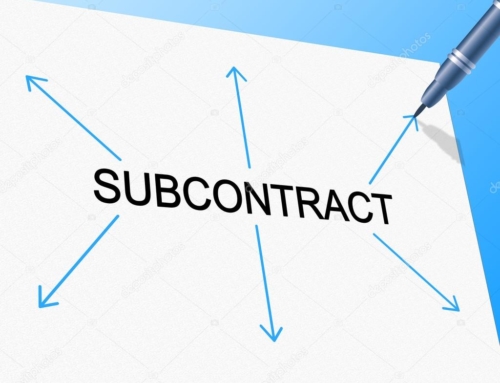Just as there are many opportunities for small businesses to win government contracts, there are ample opportunities for non-profits to win grants.
To help you understand the differences between the two types of opportunities, The Federal Government differentiates the two as follows:
- For-profit organizations win contracts under Federal Acquisition Regulations (FAR).
- Non-Profit organizations win grants under the Code of Federal Regulations (CFR)
Landing a grant from your local, state or federal government can be a game changer for your non-profit organization. One reason landing a grant from the government is important is because it can provide nonprofits credibility so that they can attract other funding.
Also, government agencies could come to consider your nonprofit an expert in its’ field and give you more say on public policy issues.
In order to be sure your nonprofit is positioned for success, focus on the following tips.
The top 3 Things You Need to Successfully Win Government Grants:
- A history of successful grant seeking
Government agencies look for evidence that your organization has already received grants from foundations such as community, family or corporate foundations.
You should also have ongoing support from your board of directors — some funders require evidence that 100 percent of your board donates to your organization every year.
- Capacity and credibility
You must have the right staff with the right qualifications in place to implement your program.
Do you have sufficient technological resources to implement your programs and manage complex government grants?
Do you have the right site or space to run your proposed program?
- A compelling need supported by relevant data from credible sources
You must provide sufficient evidence (i.e. statistics, demographics, community descriptions, anecdotes) to support your proposed solution (i.e. the program or project for which you request funding).
Include information from the national, state, and local levels (in that order) to verify the problem. Use information from government reports, databases and industry white papers.






